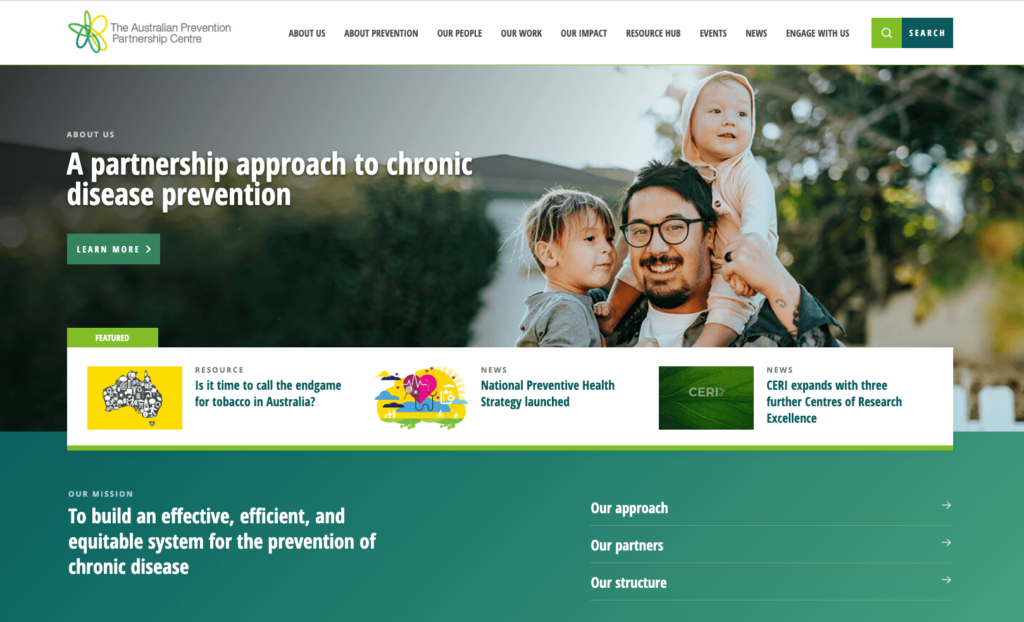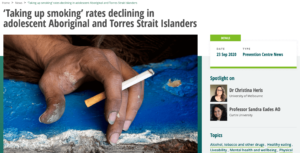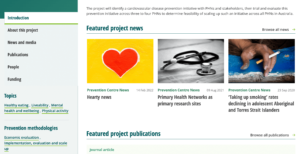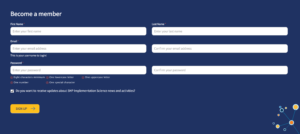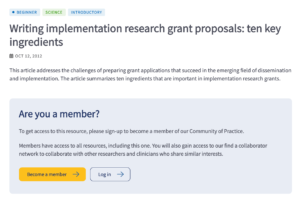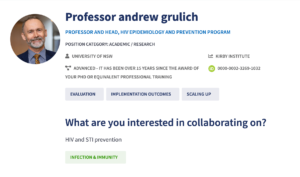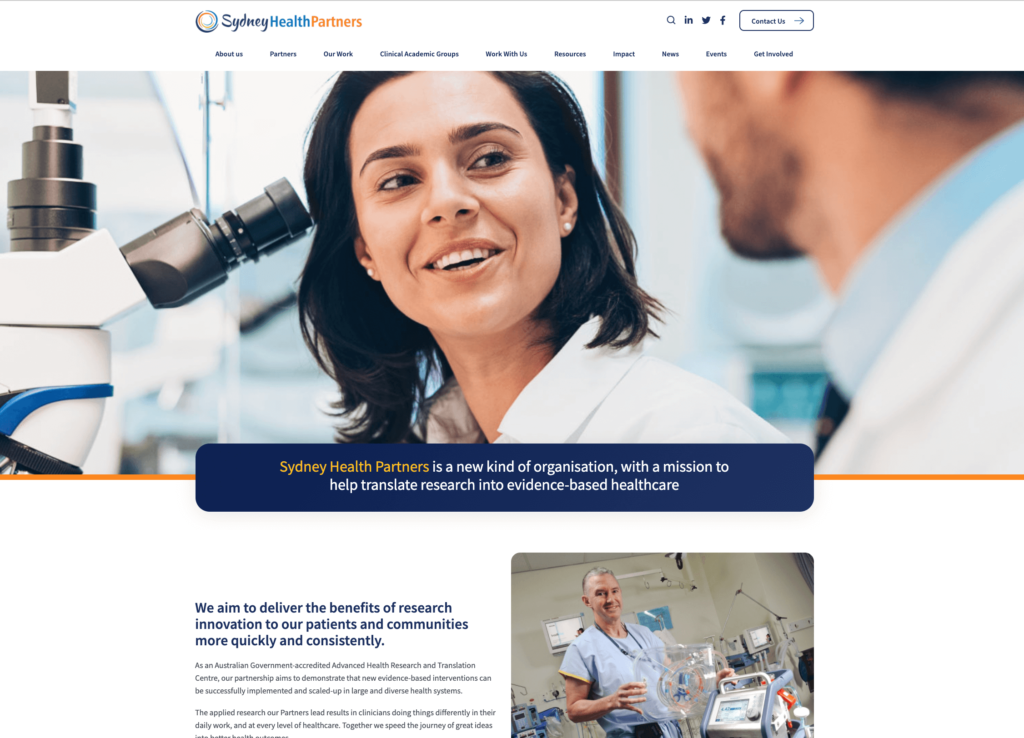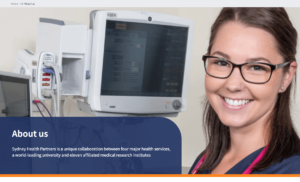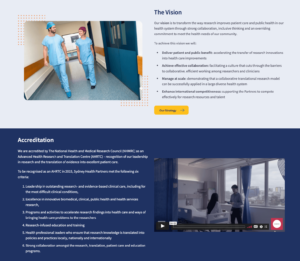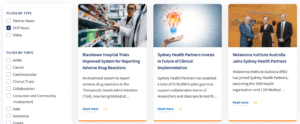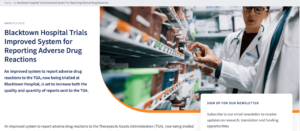4 Excellent Health Research Organisation Websites to Inspire You in 2022

We have completed a lot of projects with Health Research Organisations and Not for profits in the past few years and we have put together a collection to showcase a few excellent elements you might want to consider in your next project.
If you’re redesigning a health research organisation website in 2022, there are a few essential web design elements and trends that you might want to implement in your next project.
The best health organisation websites are trustworthy and authoritative providing reliable information to both scientists, stakeholders and general public.
Comprehensive strategy work and user experience research is necessary for communicating this message well. Depending on your organisation target audience, you need to organise the structure of your content and data available to your users in a way that is easy to find and consume.
A fast and intuitive search engine is the key to empower your users to find what’s most important for them and keep them engaged on your site.
Additionally, you’ll need to make sure your site follows at least Web Accessibility AA standards, not only to comply with government regulations, but also to make sure your site is fully accessible for all.
We are not going to concentrate on design, as this might be subjective. We designed most of the projects below and it can be seen as bias.
We are going to focus on functionalities and how those solves those organisations pain points – hoping you’ll gain some valuable insights.
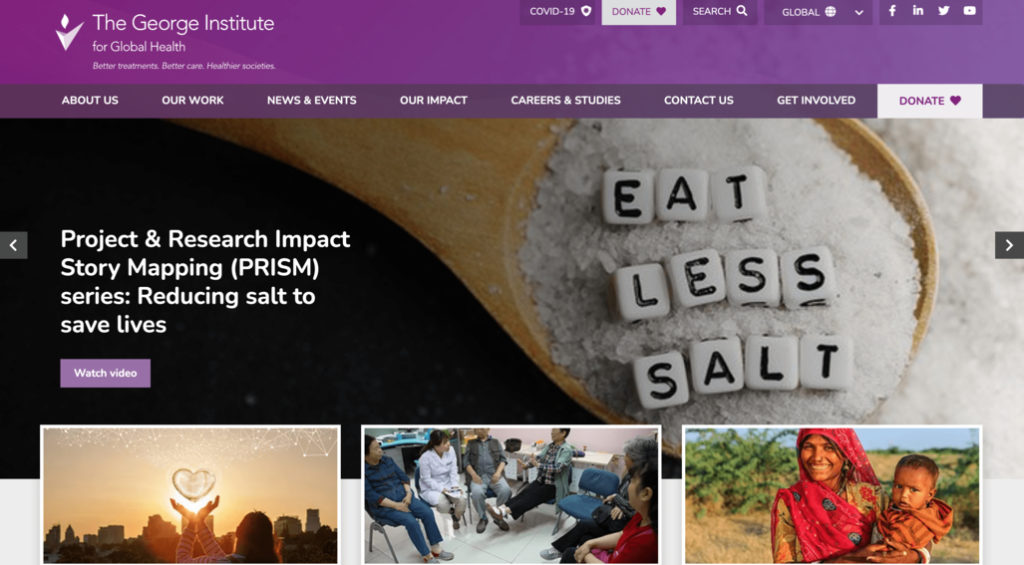
1. The George Institute
The George Institute website is an excellent example when it comes to a health research organisation website.
The site was initially built with Drupal 8 and upgraded to Drupal 9, it has a lot of features that most organisations would benefit from.
We are going to outline only a couple in this article, in order to give the other sites the spotlight they deserve, but please get in touch if you want to have a deeper conversation about how this site has been built and what problems solves for The George Institute audience.
Additionally, you can read the case study.
Multi domains installation & Chinese language
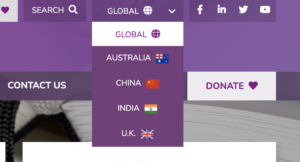
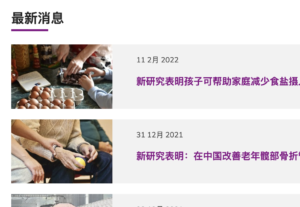
While the site has one Drupal installation, it serves 5 different regions with different content and for the Chinese region, it has a translation option in Chinese.
At its core, this showcase how to serve relevant content to relevant audiences (regions, in this case) and to the right cohorts (Chinese language).
Editors can create any type of content on the CMS and simply assign in which region that content should be published on. So they can decide that page X is published in Global and UK, but not in Australia, India or China.
This is all optimised for SEO, making sure Google doesn’t penalise the site for duplicate content.
Automatic Publications Fetch
Leveraging the partnership between The George Institute and the University of New South Wales, we have built an API integration to automatically sync and show publications written by The George Institute researchers – so that editors do not have to manually import them from EndNote or any other publications platforms.
Want to learn more?
